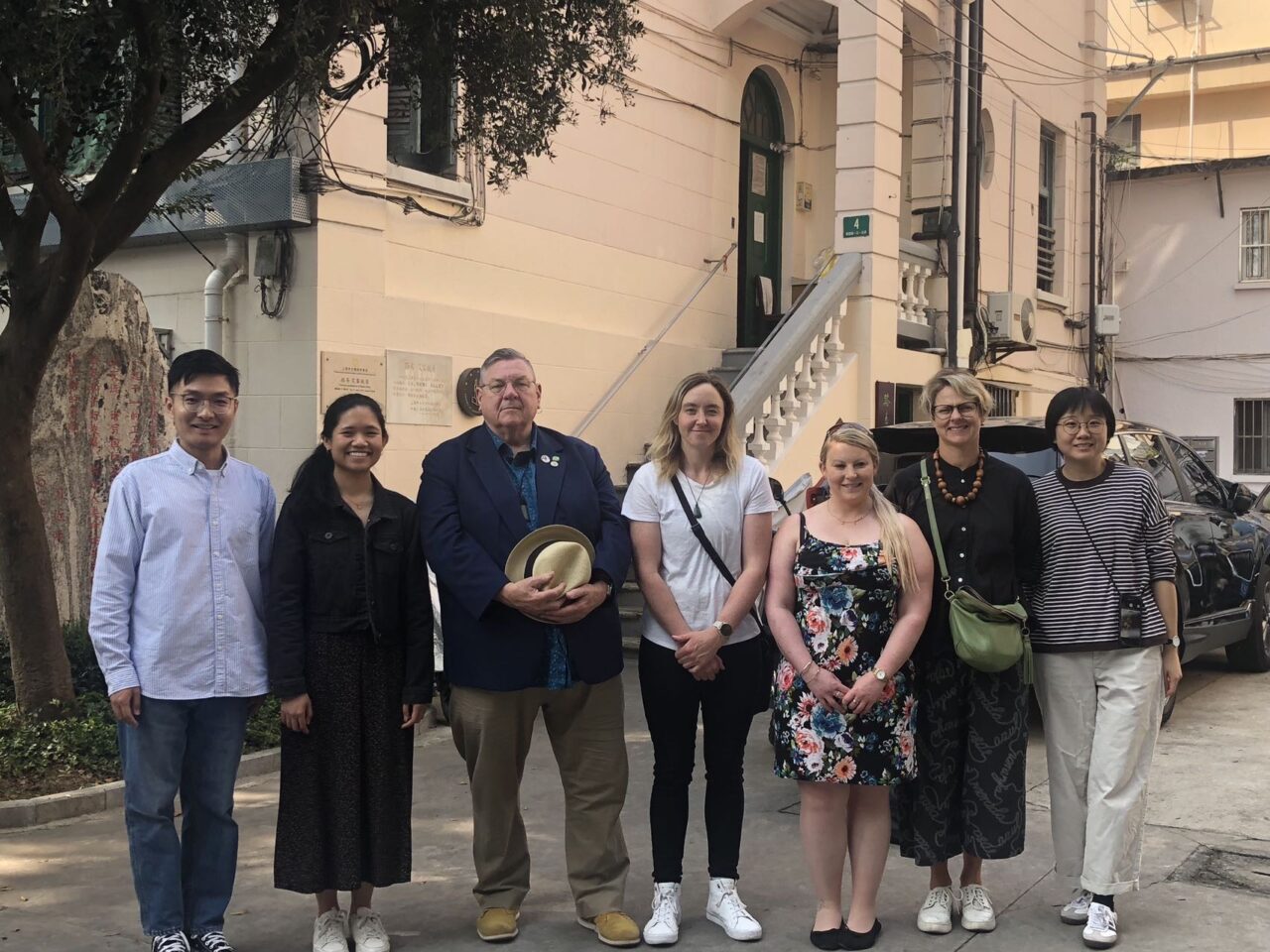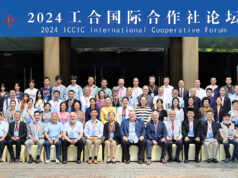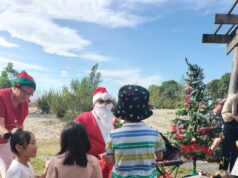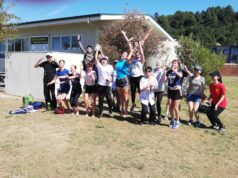Situated half-way between Shanghai Pudong International Airport and Yangshan International Seaport, the Lingang Special Area is being developed as an important transportation node and a base for innovative and creative service industries.
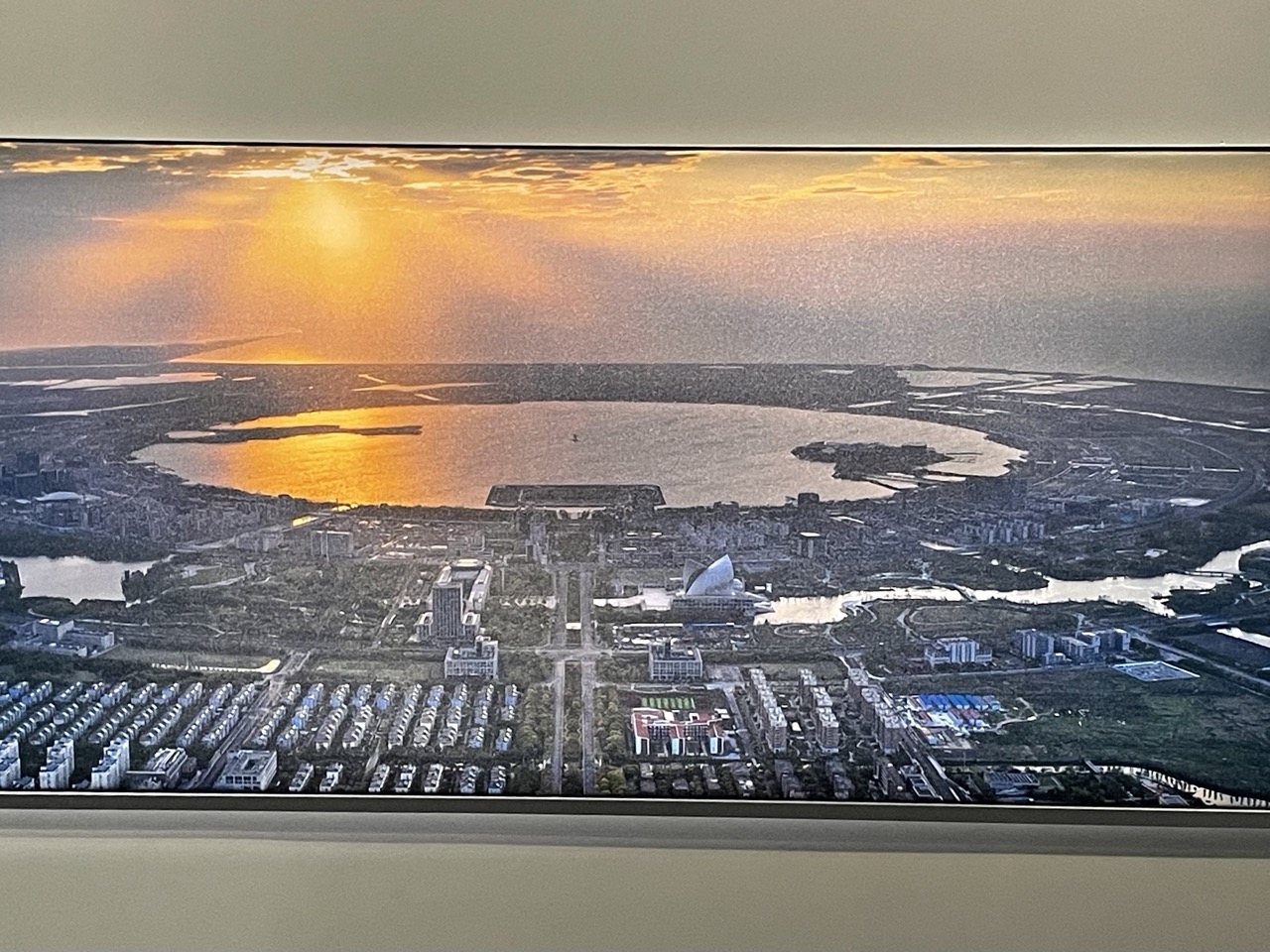
On Monday 16th October, the NZCFS delegation from New Zealand visited Lingang Special Area and met with the Lingang Special Area Administrative Committee, discussing techniques for managing water purification for Nanhui New City as part of the first stage of urban development in the area. Given the city’s location at the mouth of the Yangtze River, harnessing water flows presents unique challenges for the city’s designers and engineers.
Deputy Party Secretary of the Lingang Special Area Administrative Committee Yuan Guohua said in an article in China Daily (Aug 16, 2022) that Lingang will become “the most modern, ecological, convenient, dynamic and distinctive independent comprehensive node coastal city.” According to Yuan, Lingang will build high-standard municipal public infrastructure, including upgrading the level of urban lifeline projects and strengthening the construction of flood control and waterlogging elimination facilities.
The article goes on to say that Lingang will coordinate the transformation of seawalls, the ecological restoration of coastal zones and the construction of coastal protection forests, and improve its ability to resist storm surges and other marine disasters. Such steps will be essential to mitigate against extreme weather events predicted to occur as a result of worldwide climate change.
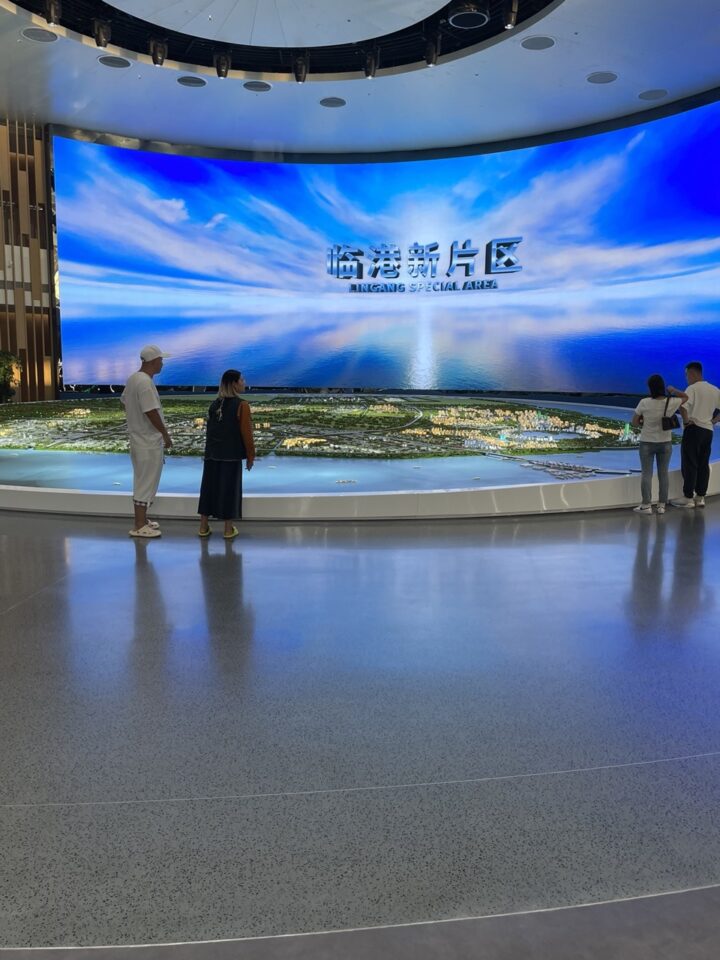
The delegation visited the Lingang Sponge Park, a pilot development constructed to absorb excess water from extreme rain events, and Dishui Lake, the world’s largest urban artificial lake. In the evocatively named Dripping Water Cloud Exhibition Hall, delegation members were treated to a display of what the area will look like by 2035. The visit to Lingang Special Area was organised and managed by our hosts the Shanghai People’s Association for Friendship with Foreign Countries (SPAFFC).
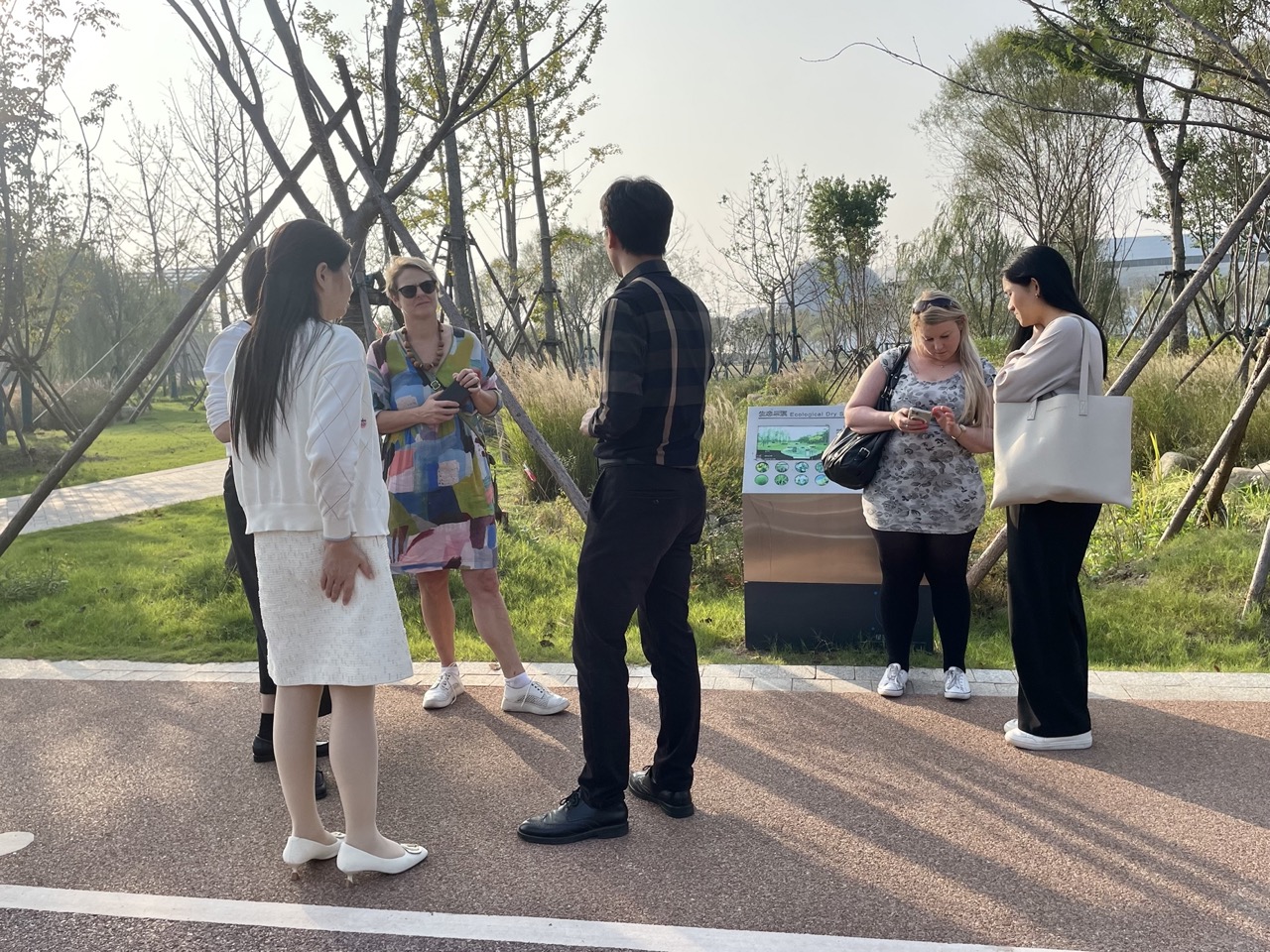
While in Shanghai, the delegation also visited the former residence of famous New Zealander Rewi Alley, and met with Professor Wang Jian and Dr Wang Chengzhi from the Institute of International Research, Shanghai Academy of Social Sciences. Professor Wang and Dr Wang offered to assist NZCFS in providing information and contacts on New Zealanders like Rewi Alley, James Bertram, and others who had lived and worked in Shanghai as part of China’s socialist construction.
